Imagine a world where your dental practice is as popular as the latest viral dance on social media. Sounds exciting. Well, that’s the power of digital marketing in the dental industry. It’s not just about cleaning teeth and filling cavities anymore; it’s about creating an online presence that makes your practice the go-to destination for pearly whites. Mastering digital marketing strategies can make a significant difference in this digital era, where a strong online presence is as crucial as the dentist’s chair. As Plerdy aptly demonstrates, understanding your website’s user behavior and optimizing accordingly is key to a flourishing online presence. Let’s dive into how digital marketing can revolutionize your dental practice, one click at a time.
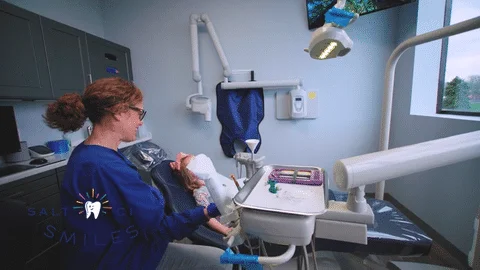
Navigating Digital Marketing for Dental Practices
A strong digital marketing strategy in dental care is as crucial as your proficiency in dental procedures. The ever-changing digital world offers unique challenges and opportunities for dentists. Embracing these changes is not just advantageous—it’s imperative. By mastering digital marketing techniques, dental practices can attract new patients and retain existing ones, revolutionizing their patient outreach. Let’s delve into the critical aspects of digital marketing for dentists.
The Necessity of Online Presence in Dental Marketing
Any successful dental marketing strategy must have a strong online presence in addition to an eye-catching website. Pew Research Center indicates that around 80% of patients initiate their search for healthcare providers, including dentists, online. With a strong digital footprint, your dental practice can avoid obscurity. Online visibility in dental marketing means being discoverable by potential patients at the right moment. It involves a well-crafted website, proactive social media engagement, and a prominent position in online directories and review platforms, helping your dental practice stand out in the digital landscape.
Shifts in Dental Patient Behavior
Dental patients’ behaviors have changed dramatically since the introduction of digital technologies. Google reports a noticeable rise in searches for specific dental treatments and reviews of dental practices. Informed by their online research, patients often have predetermined expectations and preferences when choosing a dentist. They peruse reviews, compare services, and frequently make their choice before even visiting a clinic. This shift underscores the significance of content marketing and SEO in dental marketing, addressing patient inquiries and positioning your practice as a credible authority in the dental field.
Utilizing Social Media in Dental Patient Engagement
In today’s dentist’s digital marketing toolkit, social media is indispensable. Sites like Facebook, Instagram, and LinkedIn provide unmatched opportunities to interact with existing and new patients. Sharing dental care tips, patient success stories, and glimpses of clinic life can cultivate a community around your dental brand. Additionally, the targeted advertising capabilities of social media ensure that your dental marketing efforts reach the appropriate audience. Active engagement on these platforms enhances visibility and establishes your dental practice as approachable and patient-centric.
Dental practices today must comprehend and put into practice efficient digital marketing techniques. By boosting online visibility, adapting to the changing behaviors of dental patients, and harnessing the power of social media, dentists can ensure their practice not only endures but flourishes in the digital era. Remember, your digital presence is your virtual introduction to potential patients—make it impactful.
Effective SEO Strategies for Dentists
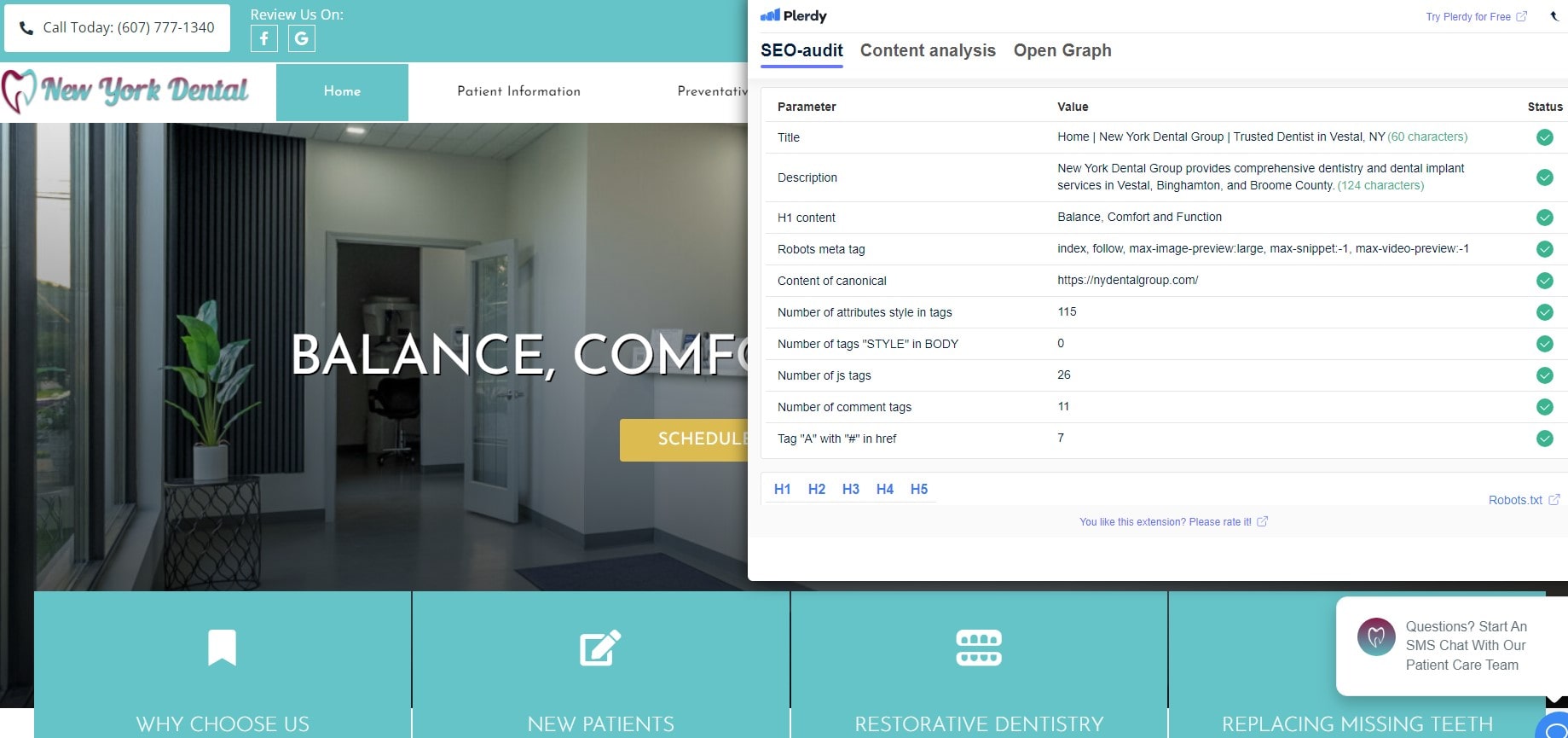
Just as a well-executed dental procedure leads to a bright smile, effective SEO strategies lead to a thriving dental practice. In the current digital world, your dental practice’s online presence can either make or kill your company. Here’s how to polish your SEO strategies to ensure your dental practice shines online.
Keyword Research for Dental Services
Researching keywords is the cornerstone of any successful SEO strategy. For dentists, this includes figuring out the terms and phrases that prospective consumers use while looking for dental services online. Tools like Google’s Keyword Planner can offer insights into relevant keywords with high search volumes. Consider including local terms such as “dentist in [City Name]” or service-specific keywords like “teeth whitening services” to attract more targeted traffic. Moz’s Keyword Explorer is another excellent resource for uncovering valuable keyword opportunities. Remember, the right keywords help you appear in searches made by potential patients actively seeking dental services, which increases the likelihood of them visiting your website.
On-Page SEO Techniques
Once you’ve identified your keywords, it’s time to integrate them into your website effectively. This involves optimizing your website’s content, meta titles, descriptions, and images. Ensure your homepage clearly describes your dental services and includes local SEO elements if targeting a specific geographic area. Blogs and articles that answer common dental questions can also enhance your site’s relevance and authority. Tools like Yoast SEO can guide you in optimizing your content for search engines. Remember, on-page SEO is not just about stuffing keywords but creating valuable, informative content that appeals to search engines and potential patients.
Local SEO for Dental Practices
For most dentists, local clientele forms the backbone of their practice. Therefore, local SEO is crucial. This entails ensuring your office is listed in local directories, promoting patient reviews, and improving your Google My Business listing with appropriate information. BrightLocal is a useful tool for managing local SEO efforts. By optimizing for local SEO, you ensure your practice shows up in “near me” searches, making it easier for local patients to find and choose your services.
SEO requires ability, precision, and the correct tools to master, just like dental procedures. You can significantly enhance your dental practice’s online visibility by focusing on targeted keyword research, on-page optimization, and local SEO. Remember, in the digital world, being easily found is as important as being the best in your field.
Social Media Marketing for Dental Practices
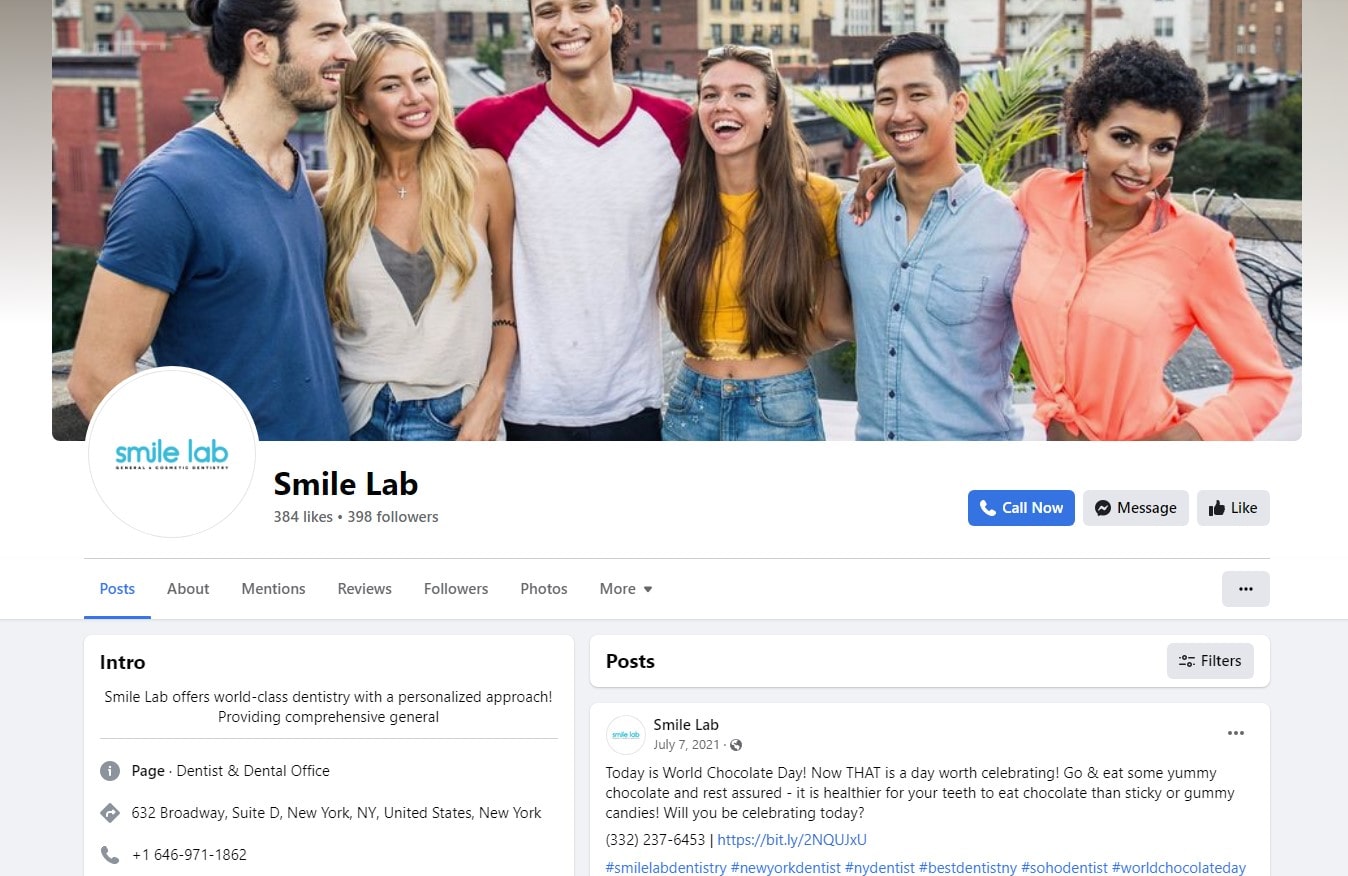
In the digital age, social media is the bustling marketplace where dentists can showcase their practice and connect with potential patients. You need to understand the potential of social media marketing in the same way that you do the newest dental technologies in your office. Let’s delve into how dentists can harness this power effectively.
Choosing the Right Platforms
Social media platforms are all different, particularly in dentistry offices. While LinkedIn can be used to network with other professionals and position your practice as an industry leader, Facebook and Instagram are great for showcasing your services and patient testimonials. One helpful tool for effectively managing your presence on social sites is Hootsuite. Ultimately, choosing the platforms where your target audience is most active and producing engaging content is crucial.
Content Creation Tips
Content is king on social media, and for dentists, this means creating informative, engaging, and relevant posts. Share before-and-after photos of treatments, dental care tips, and behind-the-scenes glimpses of your practice. Video content, especially, can be highly engaging; think about quick dental tips, patient journey videos, or Q&A sessions. Canva and Adobe Spark are great tools for creating visually appealing posts. Ensure your content resonates with your audience, adds value, and encourages interaction.
Engaging with the Audience
Social media marketing is around engagement. Your practice’s online reputation can improve by responding to comments, answering patient questions, and participating in relevant conversations. To boost involvement, try live Q&As, polls, or interactive storytelling. Social media allows two-way contact. Engage more to strengthen your audience relationship.
Dental practice social media marketing involves being where patients are and interacting meaningfully. You can increase your social media presence by using the correct platforms, generating engaging content, and connecting with your audience. In the crowded digital arena, being visible isn’t enough—you must also be remembered and trusted.
Maximizing Impact with Paid Marketing in Dentistry
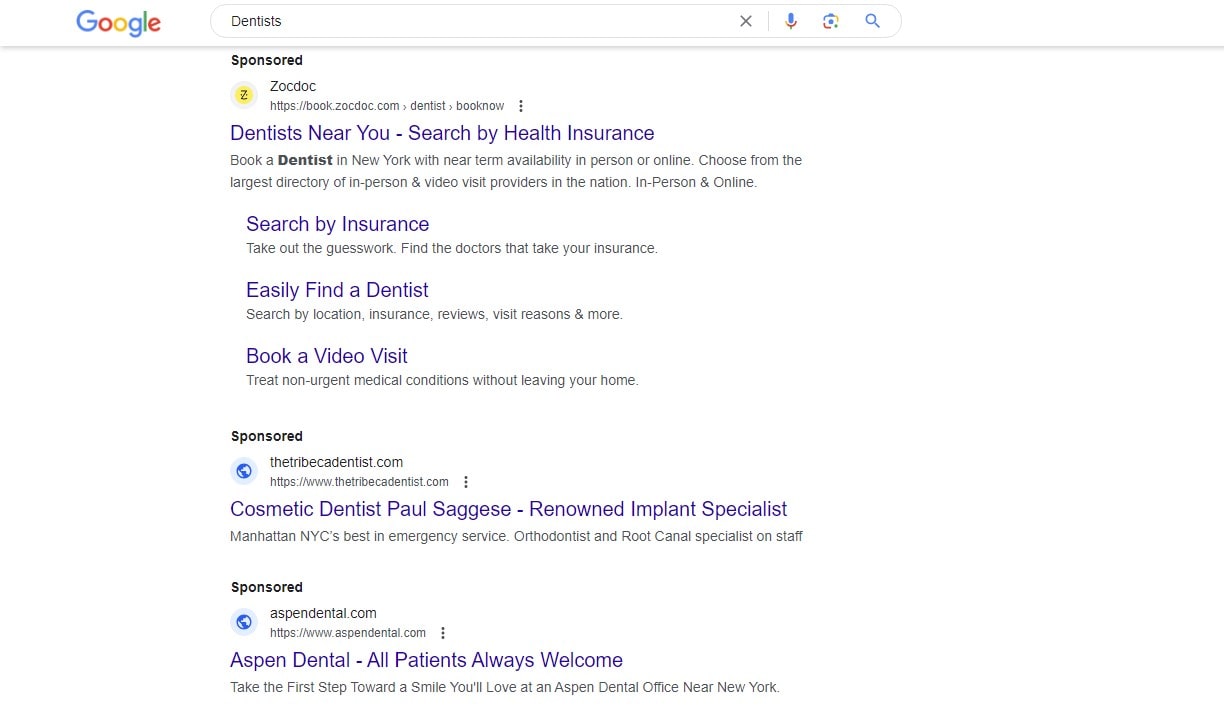
In the competitive dental industry, distinguishing your practice is essential. While organic reach plays a role, the judicious use of paid marketing can significantly elevate your dental practice’s visibility among potential patients. Let’s examine how integrating paid marketing can transform your dental practice.
Optimizing Google Ads in Dental Marketing
Google Ads presents a prime opportunity for dental practices to appear at the top of search results, an essential factor for immediate online visibility. Focusing on dental keywords in your marketing plan can bring patients actively seeking those services. For example, targeting phrases like “emergency dental services” or “teeth whitening in [City Name]” can funnel relevant traffic to your website. Crafting engaging ad copy and utilizing Google Ads’ targeting features are crucial. Incorporating Google Ads’ location-based services in your marketing efforts is also beneficial, as dental services are often sought locally. Leveraging Google Analytics allows you to monitor your ads’ performance and refine them for improved outcomes, making it a valuable tool in your dental marketing arsenal.
Social Media Marketing for Dental Practices
You may personalize Facebook and Instagram ads to target dentistry patients. These platforms enable targeting based on demographics, interests, and behaviors, ensuring your marketing messages reach the intended recipients. Creative ads that highlight your dental services, share patient testimonials, and promote special offers can grab the attention of potential patients. Utilizing tools like Facebook’s Ad Manager, which offers insights into ad performance, helps adjust your marketing campaigns for optimum impact. Successful social media marketing hinges on crafting ads that are appealing and resonate on a personal level with your audience.
Paid marketing can significantly increase your online visibility and help you draw in more patients if you include it in your dental marketing strategy. By harnessing the targeted reach of Google Ads and the creative potential of social media marketing, you can effectively engage and captivate your ideal patient base. In today’s digital landscape, maintaining visibility is just as crucial as delivering top-notch dental services.
Crafting Captivating Digital Content for Dental Marketing
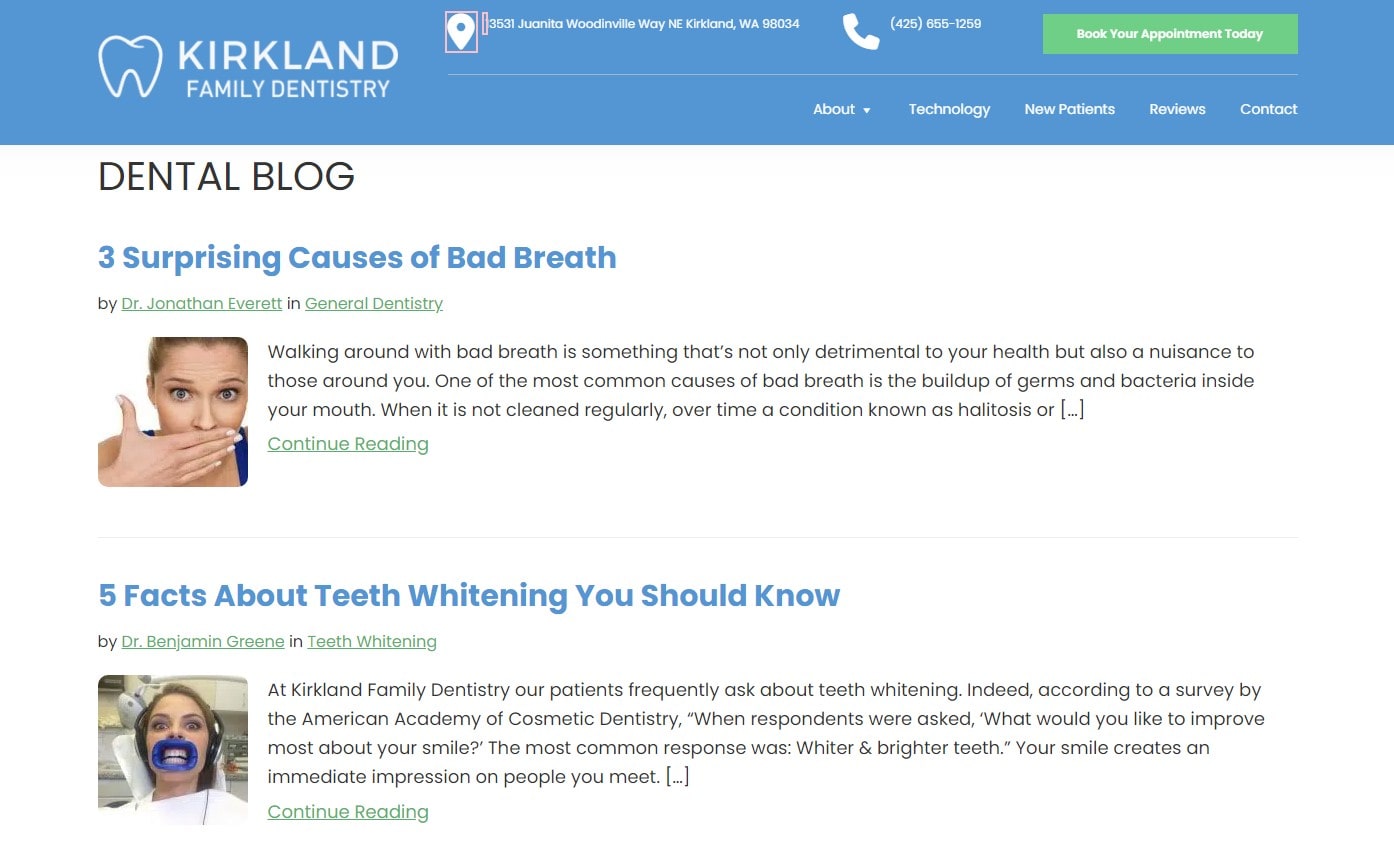
In the digital age, creating compelling content is pivotal in setting your dental practice apart. It’s about more than just informing potential patients; it’s about actively engaging them, capturing their attention, and establishing your practice as a trustworthy and informative leader in the dental field. Let’s delve into how you can craft content that attracts and deeply engages your patient audience.
Effective Blogging Strategies in Dental Patient Marketing
Blogging is an invaluable tool for dental practices in their marketing efforts, serving to educate and connect with patients. A well-composed blog can tackle common dental issues, offer oral health tips, and explore the latest dental care trends. These blogs must be educational and relevant to your patients’ particular needs and interests. Topics like preventive care, cosmetic dentistry, or children’s dental health cater to various patient groups. A friendly, accessible tone makes your content relatable and easy to digest. Platforms like WordPress are excellent for blog creation and management, enhancing your dental marketing reach. Integrate relevant keywords naturally for SEO optimization, prioritizing patient engagement and value. Blogs that address frequent queries or explain dental procedures can solidify your reputation as a knowledgeable authority in dental care.
Leveraging Video Content in Dental Marketing
Video content has become crucial in online marketing, offering dentists a medium to display their services and connect with patients visually. Producing brief, informative videos on dental treatments, patient stories, or a glimpse into your practice’s daily life can significantly enhance patient engagement. Post these videos on YouTube, social media, and your website to get the most exposure. Ensure your videos are high-quality and informative, perhaps creating educational series like ‘Myth vs. Reality’ in dental health or ‘How-To’ guides for oral hygiene. Tools like Adobe Premiere Pro or smartphone editing apps are great for video creation and editing. Remember, videos are about more than information—they create an inviting experience for potential patients, piquing their interest in your services.
Creating engaging online content through blogs or videos is a dynamic way to boost your dental practice’s digital presence. By providing valuable, relevant, and captivating content, you do more than educate your audience; you foster lasting relationships with potential and existing patients. Good content is an essential part of any dental marketing plan since it conveys the quality and caring of your dental office.
Analyzing and Adapting Strategies
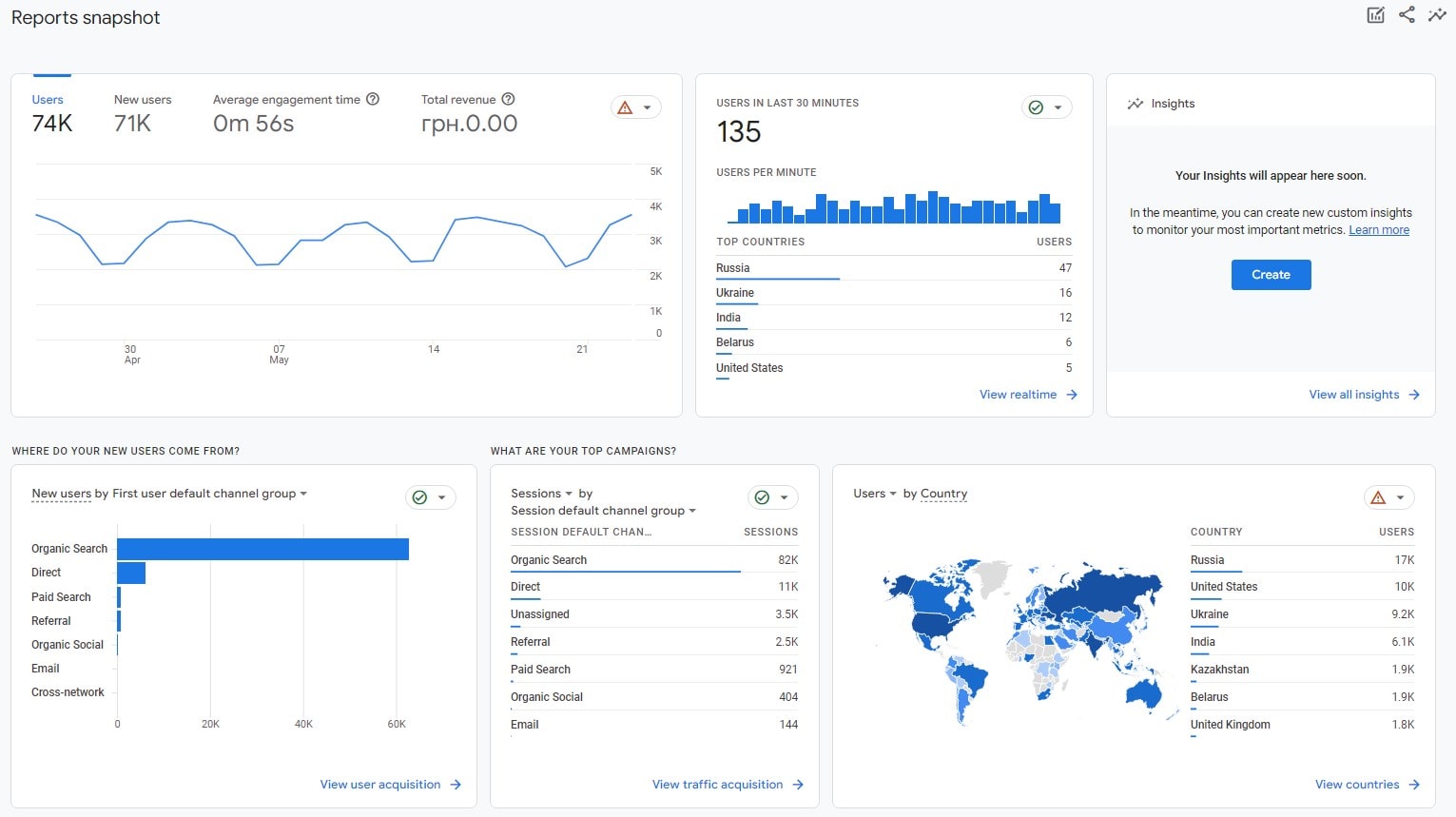
Digital marketing is fast-paced; therefore, adapting and developing is essential. The ability to analyze and adapt strategies is crucial for a dental practice striving to make its mark online. It’s about understanding what works, what doesn’t, and how to pivot for better results.
Using Analytics
Any successful marketing strategy starts with analysis. Google Analytics can reveal website visitor behavior. Track metrics like page views, bounce, and conversion rates to understand user behavior. See which pages are most visited and which ones need to retain interest. This data is invaluable in making informed content, layout, and user experience decisions. By regularly analyzing these insights, you can identify trends, understand what attracts and engages your audience, and refine your strategies for improved performance. Continuously monitoring these metrics ensures that your dental practice doesn’t just keep up with the digital trends but leads them.
Adapting and Evolving Strategies
Adaptation is key in the ever-changing digital landscape. Once you have analyzed your data, the next step is to adapt your strategies accordingly. If certain content is performing well, consider creating more of a similar nature. If a marketing channel isn’t yielding the desired results, it may be time to shift focus or tweak the approach. This could mean adjusting your SEO tactics, revamping your website design, or rethinking your social media content. It’s also important to stay updated with the latest digital marketing trends and incorporate new techniques that could benefit your practice. Remember, digital marketing is dynamic, and flexibility is essential for continued success.
To ensure the expansion and profitability of your dental practice online, it is imperative that you analyze and modify your digital marketing strategy. By being attentive to analytics and open to change, you can ensure your practice meets and exceeds your digital-savvy patients’ expectations. In digital marketing, staying still means falling behind, so keep moving forward.
Conclusion
Mastering digital marketing is like perfecting a dental procedure; both require dedication, skill, and the right tools. For your dental practice to thrive in the digital world, embracing these strategies is essential. And remember, the journey doesn’t end here. Just like dental health, digital marketing needs ongoing care and attention. If you’re curious about more ways to enhance your practice’s online presence, delve into other insightful articles here on Plerdy’s blog. Each piece is a treasure trove of information, waiting to take your digital marketing skills to the next level. Consider Plerdy’s comprehensive tools – your ally in navigating the digital landscape effectively for a direct boost.
